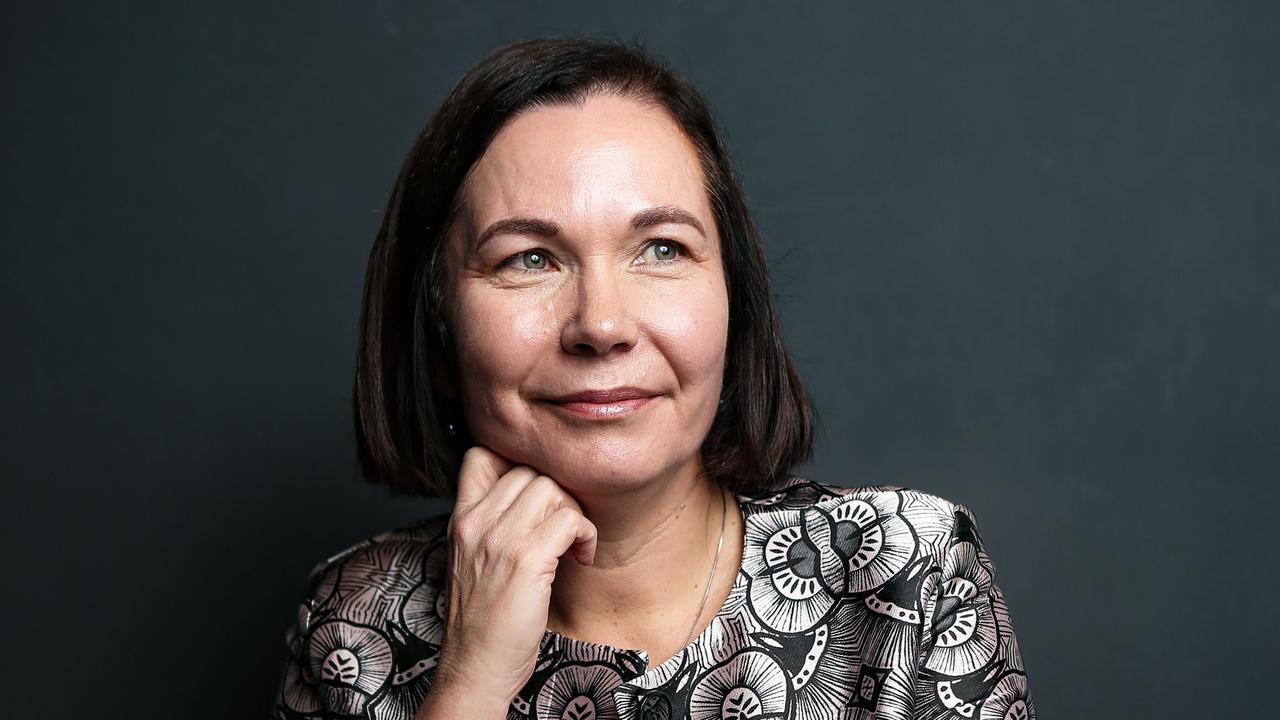TONY Abbott wants to keep Julia Gillard under lock and key in the House (of Representatives) when parliament sits. How very old-fashioned.
The real reason is, of course, tactical. The opposition is playing hardball when it comes to pairings, as part of its bid to force an early election.
But gender issues were seriously raised during the first week of the new parliament.
Leader of the Opposition in the Senate Eric Abetz used gender to condemn Gillard for backing the Liberals' Peter Slipper for the deputy speakership over Labor's Anna Burke: "How does the female Prime Minister, who puts gender equity up in lights, justify dumping her own female deputy speaker for a political stunt?"
I am not sure Gillard ever put gender issues "up in lights", as Abetz describes it, other than by being a woman. In fact, Abbott is the one with the generous paid maternity leave policy, despite background calls from Liberals for him to dump it.
In disappointing contrast, Gillard forgot to nominate a minister for the status of women when she first announced her front bench, and then chose not to promote Tanya Plibersek to the cabinet because she was pregnant (what a great example for the rest of the country). The spin put on the decision was that Plibersek agreed with it (pre or post it being made is what I would like to know).
All this talk of gender leads to the inevitable question: what is the gender breakdown of the new parliament? Despite more than 30 new MPs and ministers and shadow ministerial adjustments, the changes haven't really altered the rough share of the parliament women enjoy (or endure).
Women continue to be under-represented in the Coalition's ranks (24 of 109 senators and house MPs - 22 per cent).
While Labor has achieved its one-third quota requirement (37 of 104 - 36 per cent), women haven't fared any better under the nation's first elected female PM than they did under Kevin Rudd.
In the delicately poised lower house, where Labor governs with a minority, 32 per cent of its MPs are women while in the Coalition's ranks the percentage is just 19 per cent. Senators boost both parties' percentages.
Labor's total front bench - ministers and parliamentary secretaries - is 42 MPs and senators, of whom 29 per cent are women. The larger Coalition frontbench line-up of 47 MPs and senators includes only 19 per cent female membership.
But Labor only has more women on its front bench among the parliamentary secretaries - six out of 12 are women - the lowest rung of the executive.
That means, when it comes to executive service, women are being kept at the bottom of the food chain by Labor, or they are the up-and-comers, perhaps thanks to its affirmative action policies.
As is so often the case with gender politics, perspective matters.
But if the last election taught us one thing, perhaps it is this: despite Labor being better represented by women in its parliamentary ranks, it didn't perform especially well at the election.
Boosting the number of women in parliament may be more about symbolism than performance after all.



